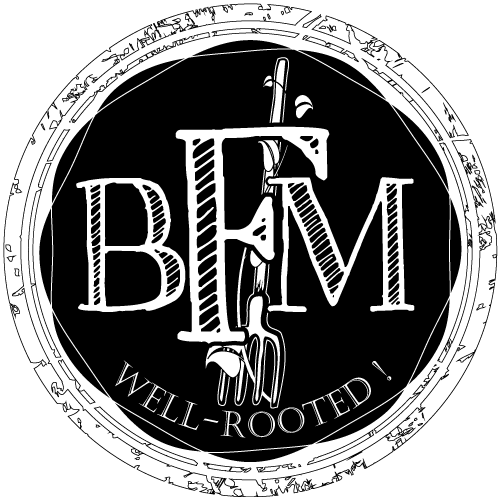Just because you load up your shopping trolley with fruit and vegetables doesn’t mean you’re getting all the nutrients you need.
Knowing what to eat can be exhausting if you’re trying to be health conscious, with many feeling overwhelmed by contradictory information.
Founder of MyHealthy DXB, Louise Steen, and food safety consultant, and author of ‘Food She Blogged’, Judy Sebastian hosted a seminar to bridge the gap between food safety and health – and talked about how to maximise the nutritional value when buying produce.
Louise explains: “Your body is an amazing machine that needs macro [carbs, protein] and micronutrients [including calcium, vitamin C, zinc] to function. When you look in the supermarket you see a lot of food that’s packed, processed and transported a long way. The nutrients diminish over time. For example, if you’re eating a tomato from Holland, it’s come a long way, and been stored. This means it has lost a lot of the vitamins and nutritional value. We need to minimise the loss of nutrients”.
“Even when you buy a melon, for example, at the shop. Vitamin C, when it comes in contact with oxygen, starts getting broken down – so it has different make up of micronutrients than a melon that we’d take home and cut up ourselves”.
So eating fruit and vegetables isn’t just enough. But what’s to be done? “We’re fortunate that more and more local products are becoming available in the UAE – I recommend getting produce from as close as possible, because it minimises the travel and time factors. Though that’s not always possible, try and head to the local farmers’ markets, which are emerging in the UAE. They’re cheaper because they’re locally produced and the carbon footprint is smaller”.
If you can’t get to the next Ripe Farmer’s Market, Louise says there are other alternatives – particularly for the hot summer months when produce is harder to access.
“When you look at frozen food, from a nutritional point of view, it often has more of the micronutrients than the fresh produce from abroad. Let’s look at a green bean for example – the beans are left on the plant for as long as it needs, to absorb everything it needs from the sun and the soil, and then with modern technologies, is frozen, preserving the micronutrients. So if I was to choose between a fresh, but older green bean, and a frozen bean, from a nutrition point of view, I’d opt for the frozen beans”.
But, Judy warns, local isn’t always better – take for example the heavy metals found in fish within the Gulf. “With fish, it’s better to get frozen, from Europe. This is an exception to the ‘buy local’ rule”.
Judy recommends always reading the labels, and doing research: “It’s about prioritising what’s best for you, have the information so you can make the choice.” Louise says a good rule of thumb is to reverse your weekly routine.


